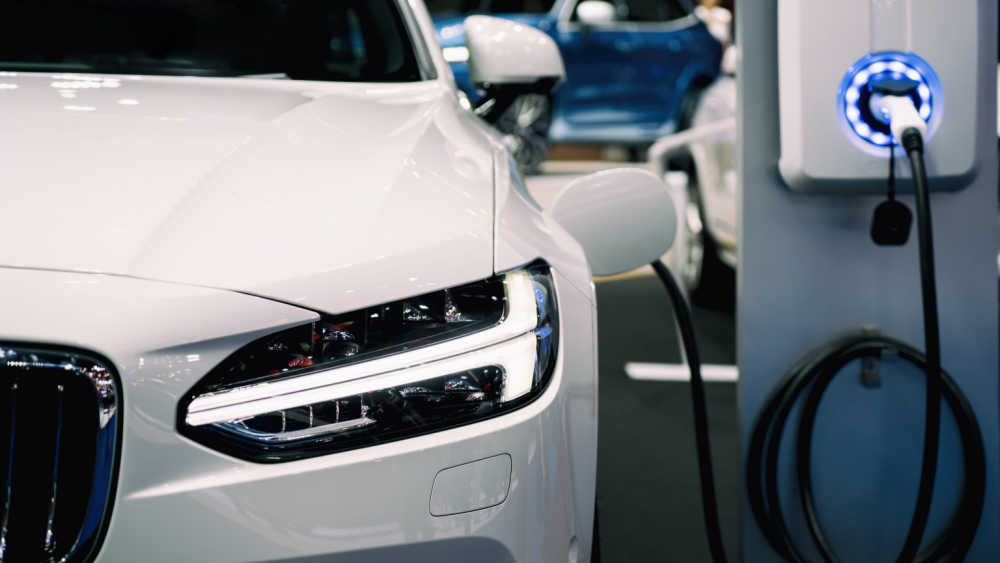The number of electric passenger cars in the EU reached 4.4 million in 2023, accounting for 1.73% of all passenger cars. Compared with 2022, the total number of electric cars went up by 1.4 million.
In 121 (56.28%) out of the 215 regions at level 2 of the nomenclature of territorial units for statistics (NUTS 2) with available data, the share of electric cars in the total passenger cars was below the EU average. For most EU countries, this share was relatively homogeneous across regions, suggesting that factors such as national subsidies and incentives or other national factors likely played an important role in the adoption of these vehicles.
A total of 17 regions reported that electric cars made up at least 4.00% of all passenger cars (darkest shade of blue on the map):
- with all its 5 regions, Denmark led the distribution along with Sweden (5 out of 8 regions), including the capital regions of Hovedstaden and Stockholm
- 3 regions in the Netherlands, among them the capital region of Noord-Holland
- 2 regions in Belgium, including the capital region of Région de Bruxelles-Capitale / Brussels Hoofdstedelijk Gewest
- the Finnish capital region of Helsinki-Uusimaa
- and Luxembourg
Source dataset: tran_r_elvehst and tran_r_vehst
At the top end of the distribution, the central Dutch region of Flevoland recorded by far the highest share of electric cars in 2023, at 17.07%. This unusually high figure may reflect the presence of vehicle leasing companies based in the region, which register large fleets of electric vehicles and thereby inflate the number of electric cars relative to the size of the regional car population. The Swedish capital region of Stockholm (10.74%) was the only other region in the EU to record a double-digit share. It was followed by Hovedstaden in Denmark (8.64%) and Prov. Vlaams-Brabant in Belgium (7.60%).
At the lower end of the distribution, 46 regions reported that electric cars accounted for fewer than 0.25% (lightest shade of yellow on the map) of all passenger cars in 2023. This group was largely concentrated in Czechia (5 out of 8 regions), Greece (11 of 13), Poland (14 of 17) and Slovakia (3 of 4). There was also a cluster in southern Italy (6 regions). The remainder of the group consisted of 4 regions from Spain, 2 regions from Romania, as well as a single region from Croatia.
The use of electric passenger cars reflects income levels, price differences between electric and other vehicles, subsidies and incentives, infrastructure investment, battery technology, fuel prices, urban policies, the availability and cost of public transport, and environmental consciousness.
Would you like to know more about transport statistics at the regional level?
You can read more about transport statistics in the Eurostat regional yearbook – 2025 edition, also available as a set of Statistics Explained articles, as well as in the transport section of the interactive publication Regions in Europe and the Statistical Atlas.
